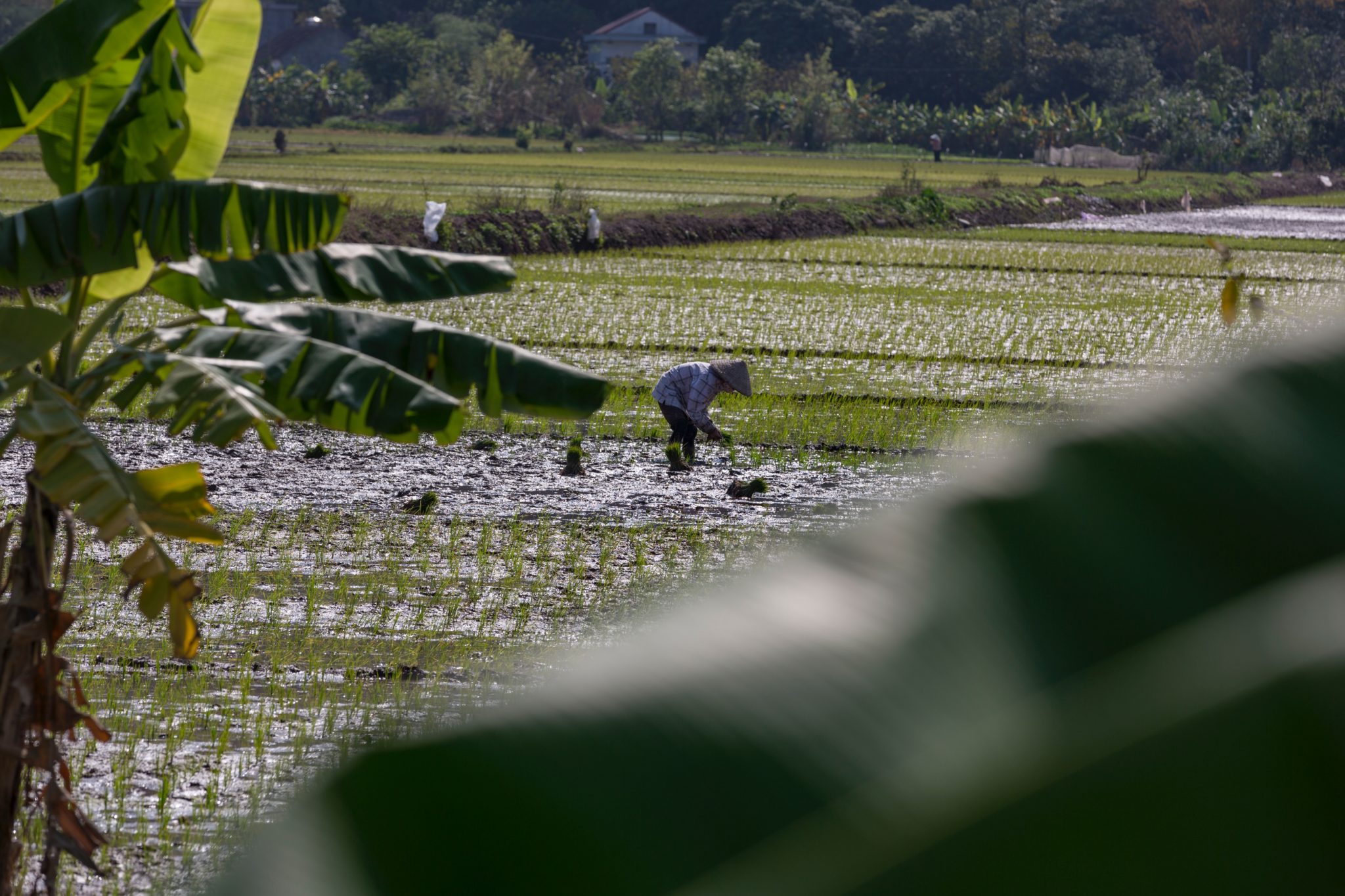With the Rice Tariffication Bill (Senate Bill No. 1998) recently enacted into law by President Rodrigo Duterte, as confirmed by Presidential Spokesperson Salvador Panelo, the rice economy and its local farmers are expected to be affected, for better or worse, and they’re bracing for the impact.
Here’s everything you need to know about the Rice Tariffication Law or Republic Act 11203.
When was it signed?
Duterte signed the bill into law on Feb. 15, according to the Official Gazette, and the law will take effect on Mar. 5, according to the Department of Finance. The law’s implementing rules and regulations will be enacted on Mar. 3.
Why was the Rice Tariffication Law signed?
Since October 2018, Duterte declared the issue as “urgent” due to price hikes that caused rice to hit P70 per kilo last year. Finance Assistant Secretary Tony Lambino predicts that the law will cut rice prices by P7 per kilo. Bangko Sentral ng Pilipinas projects that this will also cut inflation by 0.6 percent.
What does Duterte have to say?
There is a need “to address the urgent need to improve availability of rice in the country, to prevent artificial rice shortage, reduce the prices of rice in the market, and curtail the prevalence of corruption and cartel domination in the rice industry.”
What will the law do?
The law essentially allows for the liberalization of rice imports. It will remove the previously placed quota on rice imports, permitting traders to import a near-unlimited quantity of rice.
How will it work?
In the basic rules of economy, the law of supply and demand will dictate market prices. By allowing more competitors to enter the rice market, the law will lower the price of rice by increasing supply.
How much are the tariffs?
Thirty-five percent from the Association of Southeast Asian Nations (ASEAN); 40 percent from non-ASEAN countries if imports are below 350,000 metric tons; and 180 percent if imports are from non-ASEAN countries and above 350,000 metric tons.
Where will the tariffs go?
The taxes will go to a Rice Competitiveness Enhancement Fund (RCEF), which will allocate the revenue to programs for mass irrigation, rice storage, and research initiatives.
Who will it impact?
Local farmers are expected to be impacted the most as the removal of quantitative restrictions will pit them against foreign competitors. The National Food Authority (NFA) will also be directly affected as the law will remove various functions from their role in food importation and distribution.
How will local farmers be compensated?
The RCEF is expected to allocate P10 billion annually to the support of Filipino rice farmers over a six-year period. This will be done through the following fund allocations: 50 percent on rice farm machinery and equipment, rice cooperatives, and local government units; 30 percent on rice seed development, propagation, and promotion; 10 percent on rice credit assistance; and 10 percent to rice extension services.
Is it a good move in the long run?
Technically, it will prevent price hikes in the future as competition is a healthy component for the economy. Senate Committee on Agriculture and Food Chairperson Cynthia Villar concurs, “With the expiration of the quantitative restriction on rice importation, this is a very important piece of legislation, which will help our farmers improve their profitability and competitiveness.”
Also in favor of competition, Panelo insists the liberalization of the rice market will promote production. “Well, ‘pag ni-liberalize mo naman eh magkakaroon ng competition in the market. So magpapababaan sila ng presyo, otherwise hindi sila mabibili, hindi ba? Kaya nga—law of supply and demand iyan eh,” he said.
What do the farmers have to say?
Kilusan ng Magbubukid ng Pilipinas considers the law as a “death warrant” to the local rice industry as it would open the floodgates to foreign industries that would overpower or “wipe out” local rice farmers. KMP estimates that 500,000 of a total of 2.4 million rice farmers will be negatively impacted by the law. The organization states that only through investing and boosting local production will the Philippines achieve stable rice prices and supply.
What does NFA have to say?
With restrictions removed, NFA will lose its power and functions in rice importation. Their role will now be limited to maintaining a buffer stock of rice for emergency situations. They will not be permitted to manage the licensing of importers and traders. Some 400 NFA employees are expected to be laid off as the law will also move NFA under the Department of Agriculture.
What does this mean for the agriculture industry now?
Now that it has been rendered a law, expect the aftermath of its implementation to come in the following months. Local farmers will be affected by the introduction of more foreign competitors and how they fare in the face of that competition will depend on the RCEF that the law has put into place.






Thank you for the very informative article!
Perhaps another color (instead of yellow) be used in the text of your article?
Text in yellow are hard to read and almost blinding to the eye – to my eyes, anyway.
Salamat po.